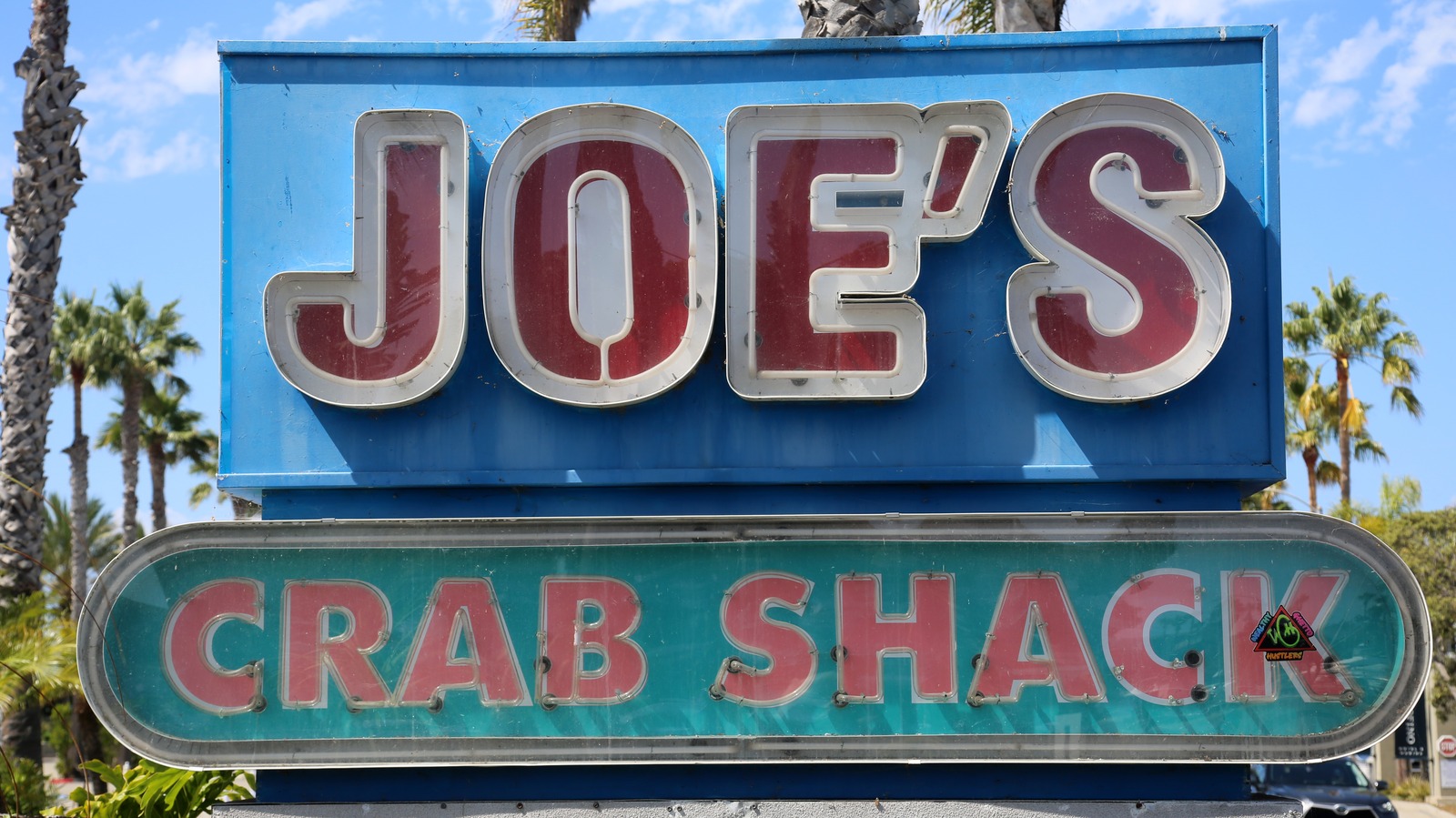Joe’s Crab Shack was once one of the most popular casual dining seafood chains in America. With nearly 140 locations at its peak in 2014, Joe’s offered diners the chance to crack open buckets of snow crab and dine on coconut shrimp in a laidback, beach-themed environment. But in recent years, the chain has undergone a dramatic downsizing, closing over 80 locations and leaving seafood lovers wondering—what happened to Joe’s Crab Shack?
A Brief History of Joe’s Crab Shack
Joe’s Crab Shack first opened its doors in Houston, Texas in 1991. The concept came from founder Jimmy Rogers, who wanted to create a fun, family-friendly seafood restaurant centered around crab.
The chain quickly expanded via franchising throughout the 1990s and 2000s. By 2005, Joe’s had grown to 111 locations across the United States. And by 2014, it had nearly 140 restaurants open.
For over two decades, Joe’s Crab Shack enjoyed strong sales and profits. Families and tourists flocked to the chain for its signature boiled and steamed seafood pots, jumbo crab buckets, and zany, beachy decor. Joe’s eventually became one of the largest full-service seafood chains in the country.
But around 2015, the tides started to turn for Joe’s Sales slumped, locations began closing, and in 2017 the parent company ultimately filed for bankruptcy Just a few years later, over half of all Joe’s Crab Shack restaurants had disappeared.
So what events triggered this dramatic fall from the top? Here’s a closer look at the key factors behind the decline of the once-booming seafood chain
The Step-by-Step Downfall of Joe’s Crab Shack
Continued Use of Unhealthy Trans Fats
In 2007, Joe’s pledged to remove artificial trans fats from its menu. But in 2014, the chain was busted for still using trans fat-laden margarine and shortening in several menu items This broke consumer trust and went against growing health trends.
Lawsuits from Employees
In 2014, a group of Joe’s employees sued the chain for labor law violations including unpaid overtime and break violations. This negative PR may have turned some diners away.
Failed No-Tipping Test
In 2015, Joe’s experimented with eliminating tipping at some locations. But it backfired, driving away customers and hurting sales. Joe’s was forced to bring back tipping just a year later.
Offensive Decor Incident
In 2016, a racist decoration was discovered on a table at one Joe’s Crab Shack location, showing a public lynching. The company apologized, but the damage was done.
Bankruptcy and Closures After Buying Macaroni Grill
In 2013, Joe’s parent company purchased the struggling Macaroni Grill chain, taking on unsustainable debt. This ultimately led to bankruptcy and mass closures for Joe’s.
Sudden Restaurant Closures Without Notice
As financial troubles mounted in 2017, Joe’s abruptly closed dozens of locations overnight without notifying employees or customers. This did not sit well with the public.
Lack of Transparency Around Sourcing
Unlike competitors, Joe’s does not share information about where its seafood is sourced. In an age of sustainability and local sourcing, this could be hurting business.
Industry-Wide Shift from Casual Dining to Fast Food
Americans are simply eating at sit-down chains like Joe’s less frequently, opting for cheaper, quicker fast food instead. This makes survival difficult for mid-priced chains.
Growth of Meal Kits and Eating at Home
Meal kits and grocery store prepared foods make eating at home easier than ever. As Americans cook more in their own kitchens, restaurant visits decline.
Outdated Marketing Strategies
Joe’s still relies heavily on traditional advertising channels like TV and radio. But competitor chains now use social media and influencer marketing more effectively to reach younger demographics.
What’s Next for the Struggling Brand?
After filing for bankruptcy in 2017, Joe’s Crab Shack was purchased by its original founder, Landry’s Inc. Landry’s immediately closed over 40 more underperforming locations. Today, just 55 Joe’s Crab Shack restaurants remain in operation.
The brand faces an uphill battle to regain its former glory. As consumer preferences continue evolving, Joe’s will need to seriously rethink its menu, marketing, and overall concept to attract today’s diners. A refreshed brand identity focused on quality, transparency, and convenience may be the lifeline the chain needs to stay afloat.
Will Joe’s Crab Shack adapt quickly enough to get back on top of the crowded casual dining segment? Only time will tell. But one thing is for certain—the glory days of overflowing crab buckets on every table are likely gone for good. Joe’s will need to aggressively evolve to survive.

LOOK: 50 Beloved Retail Chains That No Longer Exist
Gallery Credit: Madison Troyer
Restaurants that closed in New Jersey During 2023Here are some of the restaurants that closed their doors around New Jersey in 2023 listed alphabetically. Did your favorite restaurant close in 2023? Contact reporter Dan Alexander at
Gallery Credit: Dan Alexander
Opinions expressed in the post above are those of New Jersey 101.5 talk show host Jeff Deminski only.
You can now listen to Deminski & Doyle — On Demand! Hear New Jersey’s favorite afternoon radio show any day of the week. Download the Deminski & Doyle show wherever you get podcasts, on our free app, or listen right now.
The Untold Truth Of Joe’s Crab Shack
FAQ
Why is Joe’s Crab Shack closed?
More than 40 Joe’s Crab Shack restaurants reportedly closed their doors after owner Ignite Restaurant Group filed for Chapter 11 bankruptcy in June. Consumerist published the list of closures on its web site.
Did Joe’s Crab Shack change its name?
HOUSTON JCS Holdings Inc., parent of the 113-unit Joe’s Crab Shack chain, said Thursday it had changed its name to Ignite Restaurant Group. The name change comes as the company plans to open a fourth unit this fall of its new Brick House Tavern Tap concept, which launched last year.
Where is the original Joe’s Crab Shack?
Joe’s Crab Shack opened its first location in Houston, Texas in 1991 and offers a variety of favorites from all parts of the sea and shore.
